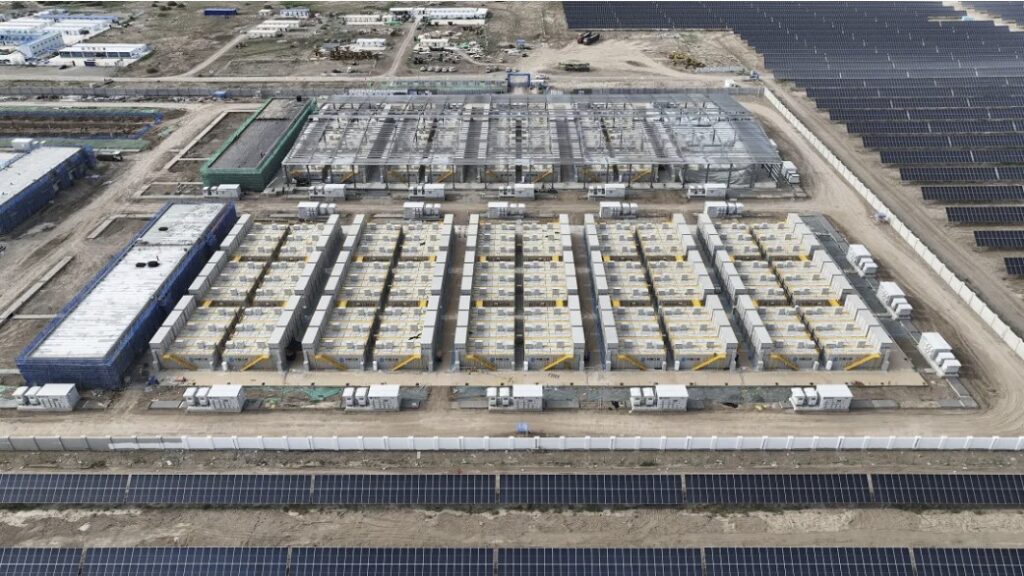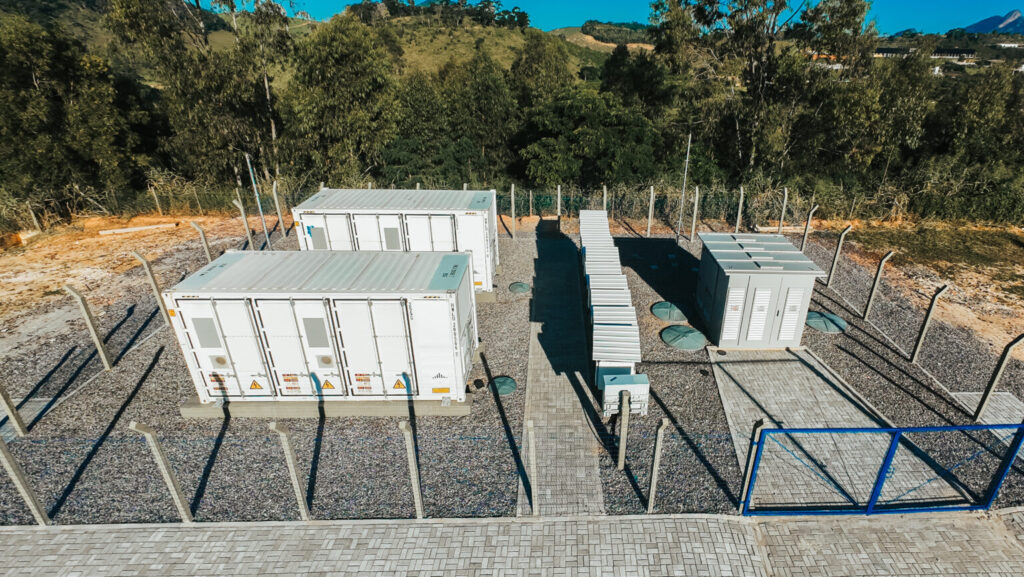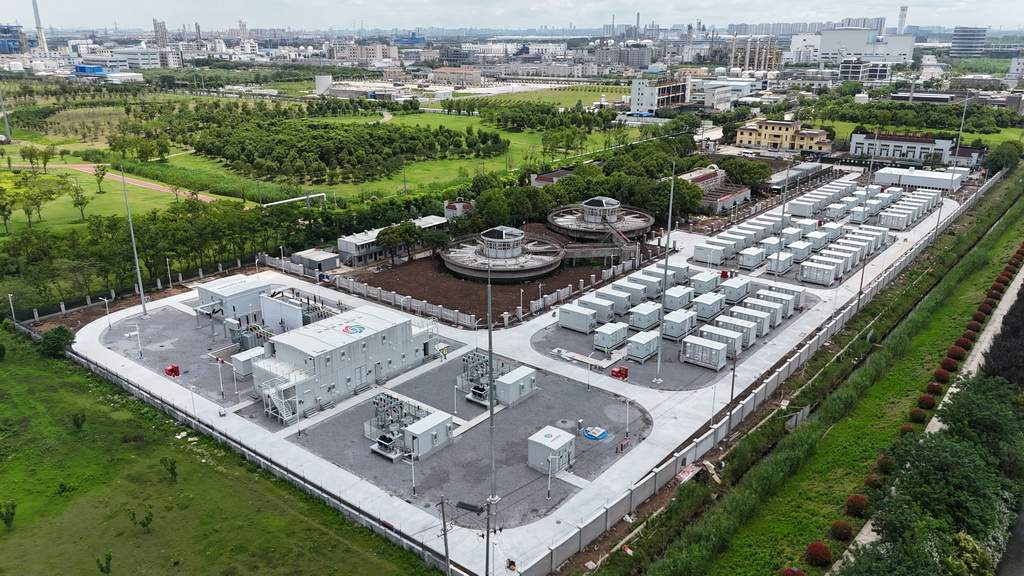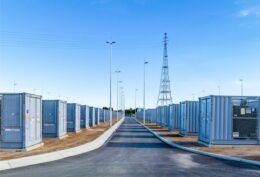PNNL unveils Grid Storage Launchpad to bring together researchers to tackle energy storage tech

The Department of Energy (DOE) has announced the opening of the Grid Storage Launchpad (GSL), a new facility at the Pacific Northwest National Laboratory (PNNL).
The 93,000-square-foot or nearly hectare-sized research facility will house 30 laboratories and about 100 researchers. It is equipped to evaluate new battery materials and battery systems up to 100 kW operating under realistic grid conditions.
The DOE hopes that the ability to collaborate with scientists, engineers, industry, and agencies in one building will accelerate the development and roll-out of new grid-scale storage energy technologies and ideas.
Along with research initiatives, GSL will serve as an educational centre, training technicians, grid operators, first responders, safety officials, and more.
Vince Sprenkle, energy storage expert and GSL’s first director said: “Energy storage will be a significant part of a resilient and reliable grid that’s fully decarbonized. And GSL will help us get there,” said “GSL is truly an integrated facility that incorporates everything from fundamental materials research to testing 100-kilowatt batteries.”
Geri Richmond, DOE Under Secretary for Science and Innovation, said: “This new Grid Storage Launchpad is where we will transform the energy storage industry, which is a key to modernizing the US electric grid. The scientists and researchers who test everything from smaller prototype batteries to large, grid-scale battery systems will lead us forward into a new world where energy storage is safer, durable and more affordable. When we bring the smartest minds in the industry and give them the tools to advance energy storage, we move our nation that much closer to a cleaner energy future.”
Laboratory Director Steve Ashby, in opening remarks at the dedication attended by legislators and DOE representatives, said: “GSL will house some of the world’s most accomplished scientists and engineers from PNNL, other national labs, academia, and industry—working together to develop real-world solutions that will benefit our nation and the world.”














